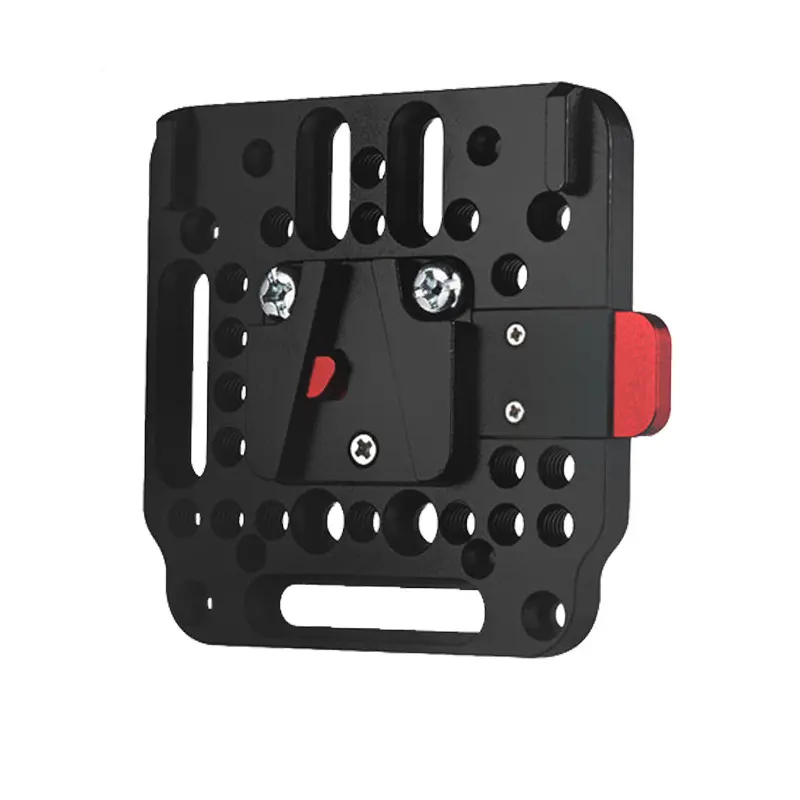

Time:2025-03-26 Views:1

Rapid release plates are widely used in various applications, such as aerospace, automotive, and industrial machinery, where they are often subjected to repeated impact loads. Understanding their impact fatigue resistance is crucial for ensuring their reliable and long - term performance.
Mechanisms of Impact Fatigue
Impact fatigue occurs when a material, like the rapid release plate, is repeatedly struck by dynamic loads. During each impact, stress waves propagate through the plate, causing local plastic deformation. Over time, these repeated plastic deformations lead to the initiation and growth of micro - cracks. In the case of rapid release plates, the stress concentrations at geometric features such as holes, edges, or attachment points are particularly vulnerable. For example, if the plate has a bolt - hole for attachment, the area around the hole experiences higher stress levels during impact, making it a prime location for crack initiation. As the number of impact cycles increases, these micro - cracks gradually grow and coalesce, eventually leading to macroscopic cracks and, ultimately, failure of the plate.
Factors Affecting Impact Fatigue Resistance
The material properties of the rapid release plate play a significant role in its impact fatigue resistance. Materials with high ductility, such as certain aluminum alloys or high - strength steels, are better able to absorb the energy of impacts without cracking immediately. Ductile materials can undergo plastic deformation, which dissipates the impact energy. Additionally, the surface finish of the plate is important. A smooth surface reduces the likelihood of stress concentrations, as rough surfaces can act as crack initiation sites. In manufacturing, techniques like polishing or shot - peening can be used to improve the surface finish. The design of the rapid release plate also impacts its fatigue resistance. Optimizing the geometry to minimize stress concentrations, for example, by using rounded edges instead of sharp corners, can significantly enhance its ability to withstand repeated impacts.
Testing and Evaluation of Impact Fatigue
To assess the impact fatigue resistance of rapid release plates, specialized testing methods are employed. One common approach is the drop - weight test, where a weighted object is dropped onto the plate from a specific height, simulating real - world impact scenarios. The number of impact cycles until failure is recorded, and the plate is examined for crack formation and growth at various intervals. Another method is the use of a hydraulic or pneumatic impact testing machine, which can generate controlled impact loads with precise frequencies and amplitudes. By analyzing the data from these tests, engineers can determine the fatigue life of the rapid release plate under different impact conditions and make informed decisions about material selection and design improvements.
Read recommendations:
Multi-Function Super Clamp for Photography Studio Video Camera Lighting Photo Accessories
The Resistance of Quick - Release Plates to Concentrated Loads